RETRO – Were the retro games of the 80s and 90s really harder than today’s games? Such a complex question is impossible to answer with a single answer. This article looks at six reasons why there were more challenging and (sometimes) maddeningly difficult games in the past.
Sometimes we tend to brag about the past and belittle the present. In video games this happens quite often, especially when we talk about an important aspect like difficulty. Still, we all have a title in our head that used to drive us crazy, which was so hard we even abandoned it because it was impossible to get to the end.
Nowadays, many titles evoke the difficulty of the past: Sekiro, Spelunky, Celeste, The Binding of Isaac, Dead Cells, Nioh… However, while nowadays it’s much rarer to run into a particularly difficult game, three or four decades ago, it was almost a constant. This article aims to outline some of these – without, of course, being exhaustive. But let’s look at the reasons…
Duration
While this was not the case in the past, nowadays, plenty of video games can be played for hours. To the extent that we demand a lot of content for our money and a five-hour title seems short to us, but in the 80s and 90s, many developers would have dreamed of making such “long” games. For most of the garage-developed games (and most of them were like that initially), resources were scarce. There were far fewer people working in the games industry, which meant they couldn’t add all the enemies, scenarios and maps they wanted. And really long games were extremely self-replicating.
Of course, one might ask what the hell duration has to do with difficulty — a lot. Because the developers were forced to make a game with fewer hours of play, they deliberately cranked up the difficulty level well. Nobody got past Sonic the Hedgehog or Super Mario Bros in the first hour of play (although there are now some fanatical YouTubers who did). The games were designed to run out of lives after a while, and a “Continue? Yes/No”… or at worst, the Game Over screen, and have to start all over again.
Because the design was terribly clunky by today’s standards
While old gamers may look back on old titles with tears in their eyes, it has to be admitted that most of them were difficult to navigate or cumbersome by today’s standards. What we consider “user-friendly” today didn’t exist long ago.
For example, even then, making a game respond reasonably to controls was an achievement. Many 8-bit microcomputer games (Spectrum or Amstrad) responded only to commands with a considerable delay, which the player inevitably had to live with.
Another classic was The Last Ninja, whose isometric combat system, or some of the jumping puzzle parts, were tedious and clumsy by today’s standards – but of course, all was made up for by the game’s incredible atmosphere, graphics and unforgettable music.
On the other hand, adventure games in their heyday were full of puzzles that often required tedious trial and error or a playthrough to solve. Such was the case, for example, with the classic Monkey Island saga – to name just one in a sea of such classics.
Does this mean then that their design was ‘bad’? Not at all. In fact, they were masterpieces in their time. It’s just that times change and things evolve.
The time invested was a big part of the value for money
This is also a fairly obvious reason: a newly released video game was a costly affair, and users had to weigh up the pros and cons before opening their wallets. Although buying games was an almost unknown concept in our country and in other socialist countries, as nearly everything was commoditised in the eighties and nineties, this was not the case in Western, affluent societies.
However, what worked well in the West were toy rental shops such as the Blockbuster chain of stores, which offered this service. If you knew you could play through a game in a couple of afternoons, renting was a very lucrative option. If you thought the game could give you much more playtime, you were more likely to buy it, and for the developers, of course, it was worth it. So that’s precisely why games were hard to find because they were bought rather than rented.
You don’t need to think of complicated strategy or tactical games here, and there are plenty of examples of this in classic arcade titles. The Megaman video game saga is well known; the challenge was such that you spent several afternoons trying to reach Dr. Willy. The well known Ghoul’s n Goblins was a real torture you could never get over. But it also includes titles like Castlevania, Contra and Battletoads, which were no question of buying west of us because, while they were great games in their day, it could take weeks for gamers at the time to finish them.
Because we have less time and more experience
When you’re a kid or a teenager, you have all the time in the world (oh, those wonderful years!). If you’ve had a video game, even one as brutally difficult as Ninja Gaiden, Shinobi or R-Type, you’ve tried the maps over and over again until you’ve practically learned them by heart. In the end, few people managed to overcome all the challenges, but for those who did, winning was a huge sense of achievement. You knew where all the traps were that the developers had placed to test you thoroughly…
The players of the old day are now adults, and we have less time. There are still games like Dark Souls or Bloodborne that follow this ancient structure exactly, but they are not the ones we have the most of. Then there is another crucial factor: the inexperienced young people of that time have become today’s “old”, experienced gamers. And decades of training have turned us into professionals. Who, of course…
There was no internet yet
Before the millennium, everything was a bit more complicated in this respect. You could go down to the corner newsstand and buy one of the print magazines offering tips and tricks (Spectrum/Commodore World, 576, PC Guru, GameStar) – provided they already covered the game you were pushing, or you bought them at all. Nowadays, if you get stuck in a game, you can go online and Google a playthrough or watch one of the many walkthroughs that abound on YouTube.
But of course, the really “cool” feeling was if you bought games without one of those. It wasn’t an easy story, of course, I personally got stuck on many adventure games or harder action games, but to this day, I’m proud that I not only played through titles as difficult as hell as Project Firestart or Rocket Ranger entirely on my own but in 1990 I wrote the playthrough myself in the then 576 Kbyte.
Things have changed a lot since then. We all have the option to go online and look up the solution, which means that developers don’t push the puzzle pieces as hard as they used to – why bother when the solution is on the net?
The impact of classic arcade games
In the 1980s and 1990s, arcades were a massive business for leading video game companies in their heyday. Young and old alike: happy-go-lucky people flocked to pubs, malls or other entertainment venues to try out the latest arcade title from Atari, Capcom, Konami, Namco, Sega or Taito in exchange for a coin. Therefore, it was evident that the arcade gamers needed to be offered a maximum gaming experience for a short period of time.
This is where a key factor came into play: difficulty. In Pac-Man, for example, the AI worked to the point where it was almost impossible to win, but so did the classic car race Out-Run, where you were racing against the clock – after a while hopelessly so, or the scaled-up difficulty of Rampage. We could go on and on, but the point was that everything was calculated so that you didn’t spend too much time in front of the screen without dropping another coin. We can nitpick modern game publishers, of course, but the point of the arcades of the eighties was the same: profit.
What do you think?
By the way, do you also think that games are easier today than they used to be? Do you think it’s because we have less time? Do we tolerate less frustration? What do you think about this, and for whom, which of the old games did you struggle with the most?
-BadSector-

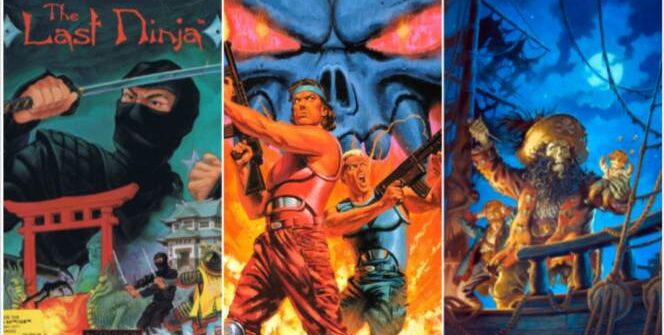
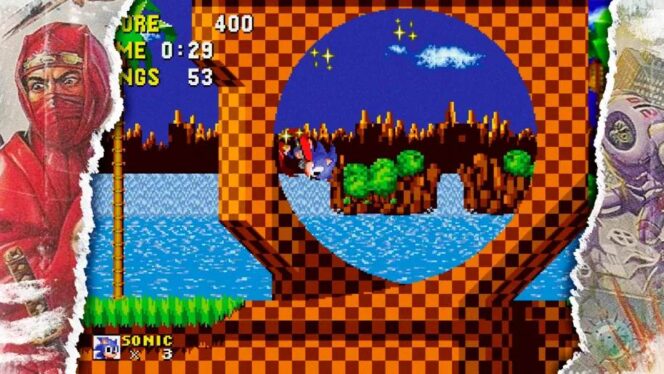
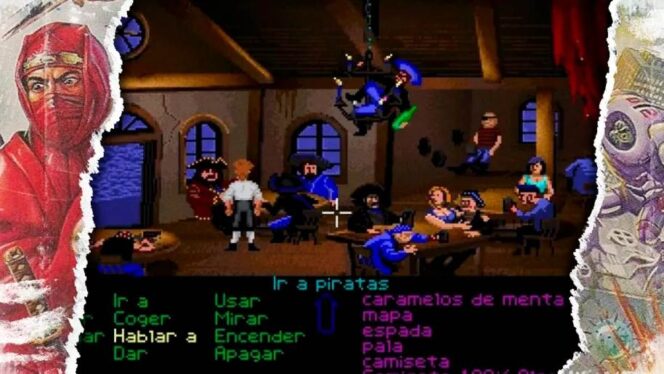
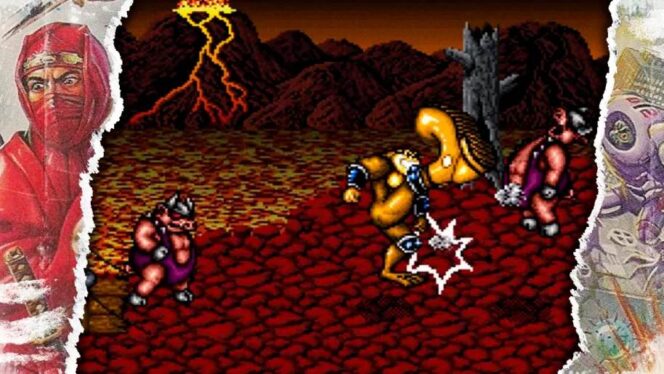
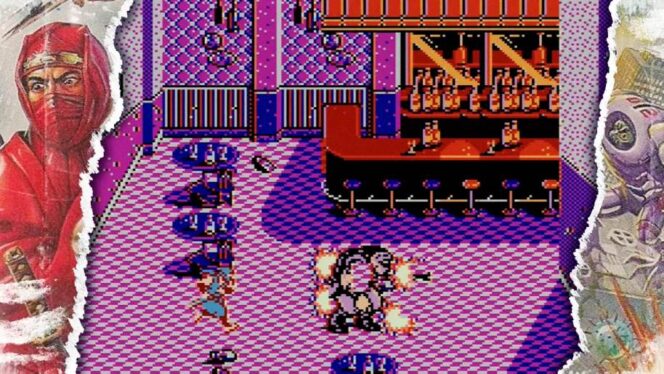
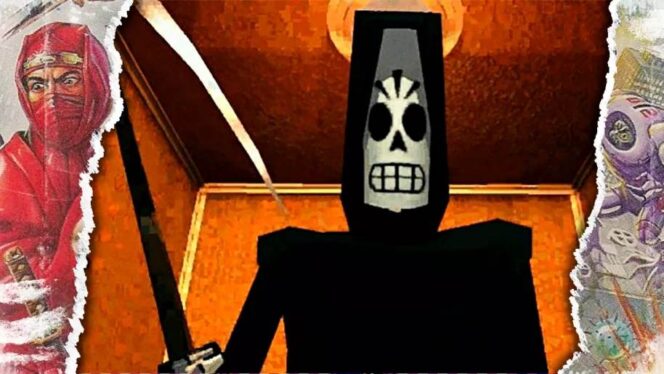
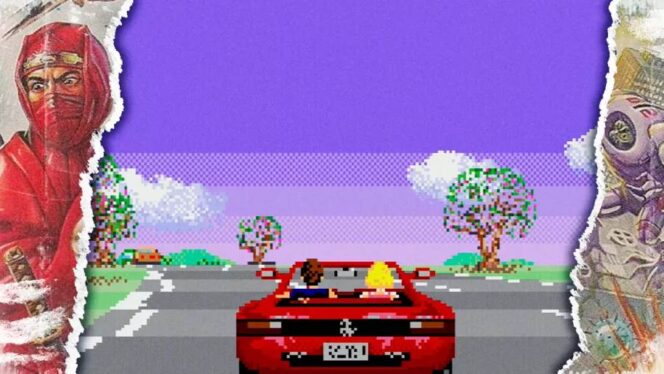
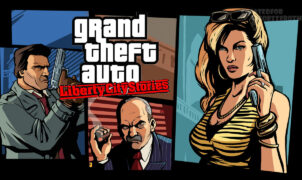

![Vampire: The Masquerade - Bloodlines – Prepare for Your Final Sunset! [RETRO-2004]](https://thegeek.games/wp-content/uploads/2025/10/theGeek-Vampire-the-Masquerade-Bloodlines-302x180.jpg)






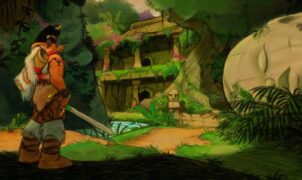


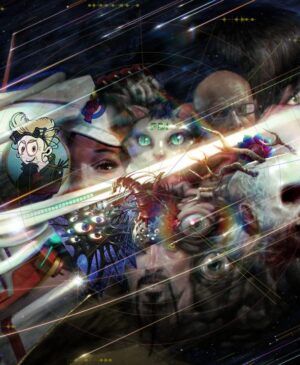

Leave a Reply